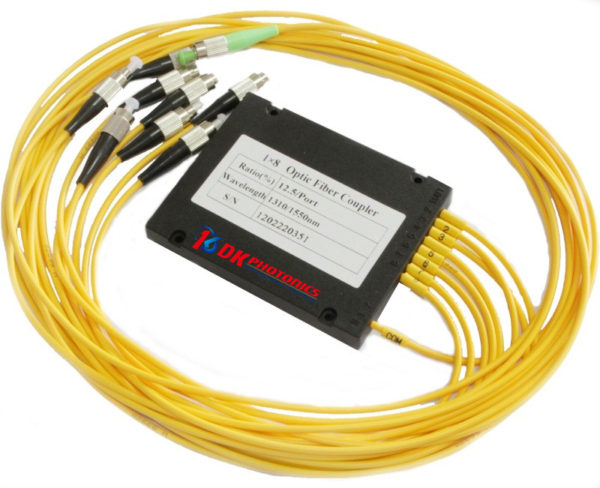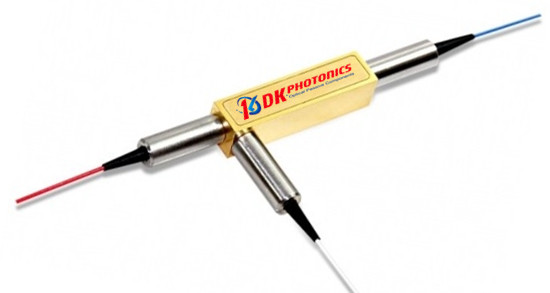A fiber optic coupler is a crucial part of most electric devices wherein signals need to be converted from input to output. Without couplers, those electric devices have no importance, they are useless. So it is vitally important to wisely choose a coupler as to achieve the desired result.

What Is An Optical Coupler?
An optical coupler is a sort of device used for coupling light from at least two input fibers into one output fibers. The coupler consists of an input section with an output end face at one end of the bundling-length of input fibers and an output section that has an output fiber to confine the region to confine the light propagated in the input fibers and a surrounding cladding region.
When it comes to coupling light or let’s say, converting input lights from different fibers to a single output fiber, optical fused coupler remains one of the best options.
Advantages of Fused Couplers
Fuse coupler has many advantages. And one is that the output section comprises an optical fiber which can be made in appropriate lengths and which can be easily tapered. This means the component can be made into two separate functional units. And this is a great advantage with the optical fused couplers.
Some other crucial benefits that a fused coupler offers include:
- Tapering of the input fiber bundle can be dispensed
- Output fiber can be made on a fiber drawing tower in long lengths with excellent production reproducibility.
- Tapering can either be done during fabrication of the output fiber or after its fabrication
- Another benefit is that the light in the tapered output section will never reach a surface or an interface that can have contamination due to handling.
- Output fiber (including the confining region and a surrounding cladding region) is tapered down.
- Higher longevity.
- And affordable
Besides, there are many other benefits that you will discover later.
Choosing an Optical Coupler
There are different types of couplers used for optic fibers. With different features, each of them is best used for a certain goal. So it is important to choose a coupler that is perfect for what you want it to do.
So first get to know what you want, and with what kind of electrical device you want to use it for.
Now, you should search for options available. There are manufacturers that make couplers for optical fibers. But it is advisable to go with the one who is widely renowned as well as affordable. So take the time and do a market research to know what the options are and what those options offer so you can make the right decision.
